Dec
21
2014
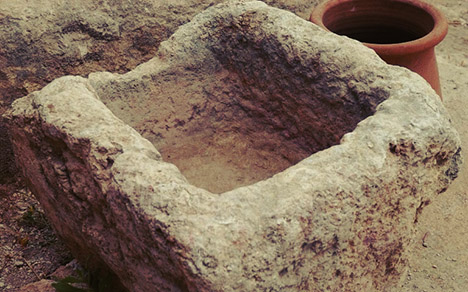
Jesus would be gathered first to the true fathers, then, once enthroned, He would gather the true sons.
In English, the word manger is archaic, preserved for us by the Christmas tradition. In French, the word is still in use, being the infinitive “to eat.” As with every detail in the Scriptures, the fact that the One who would give Himself to us in the elements of a meal was placed in a food trough invites contemplation.
This post has been slain and resurrected for inclusion in my 2015 book of essays, Inquietude.
Continue reading
Comments Off | tags: Christmas, Communion, Luke, Mark, Matthew, Revelation, Revelation 20 | posted in Biblical Theology
Jul
9
2013

And he was teaching them and saying to them, “Is it not written, ‘My house shall be called a house of prayer for all the nations’? But you have made it a den of robbers.” (Mark 11:17)
The same word is used of the men crucified alongside Jesus in Mark 15:27.
And with him they crucified two robbers, one on his right and one on his left.
Is this merely coincidental, or is there something deeper going on? Is there a link between the “white collar” Temple crimes and the “blue collar” criminals?
Continue reading
3 comments | tags: Atonement, Crucifixion, Genesis, Mark, Temple, Ten Commandments | posted in Bible Matrix, Biblical Theology
Jun
26
2013
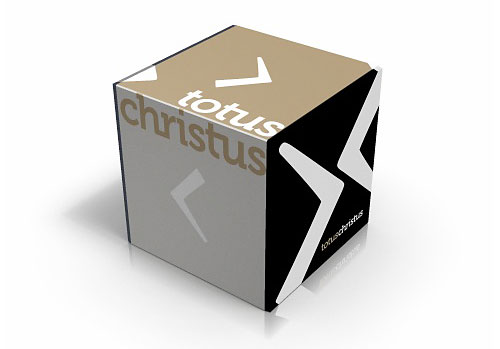 “Smooth narrative” is one of the arguments against the inclusion of the final verses of the Gospel of Mark. The Bible isn’t known for its smooth narrative, anyway, but the ending does seem to pick up the speed suddenly. Is there anything in the text that might point in the other direction? How about literary structure?
“Smooth narrative” is one of the arguments against the inclusion of the final verses of the Gospel of Mark. The Bible isn’t known for its smooth narrative, anyway, but the ending does seem to pick up the speed suddenly. Is there anything in the text that might point in the other direction? How about literary structure?
Mark follows a convention found throughout all the Bible’s texts, based upon the Creation Week and the Levitical Feasts (Leviticus 23). The gospel has a number of “Covenant-shaped” cycles, and the entire book is itself “Covenant-shaped.” This final cycle is left incomplete if the gospel ends at 16:8 (see below). The question is, does this “clockwork” internal textual evidence outweigh the shabby history of the manuscripts? Continue reading
Comments Off | tags: Literary Structure, Mark | posted in Bible Matrix, Biblical Theology, Totus Christus
Nov
14
2012

A recent post by Jeff Meyers, reproduced in full here with his permission.
I see that the Gospel reading in the lectionary this week is Mark 12: 38-44. I’m preaching through the 10 commandments, so I won’t be commenting on this passage on Sunday. But I would like to give a different perspective on this passage than what is normally heard.
Continue reading
3 comments | tags: Jeff Meyers, Literary Structure, Mark | posted in Biblical Theology, The Last Days
Aug
13
2012
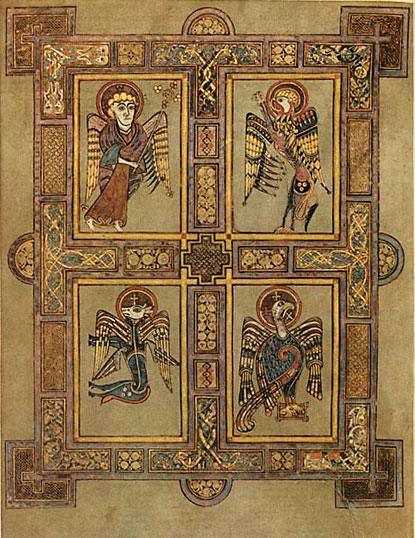 James Jordan maintains that Matthew’s Gospel was written first. Eugen Rosenstock-Huessey does too.
James Jordan maintains that Matthew’s Gospel was written first. Eugen Rosenstock-Huessey does too.
Continue reading
Comments Off | tags: Acts, Eugen Rosenstock-Huessy, Gospels, James Jordan, John, Luke, Mark, Matthew | posted in Bible Matrix, Biblical Theology
Apr
8
2012
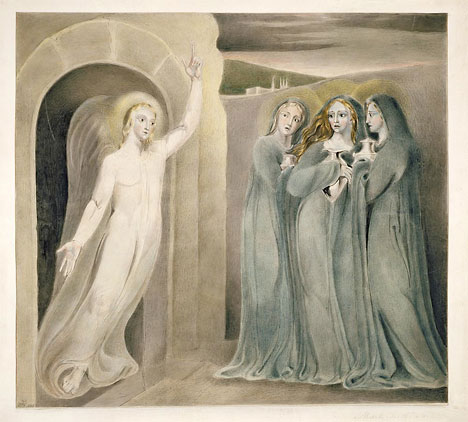 All the New Testament writers use the Bible Matrix. A possible application of the identification of literary structures is the solving of disputes over textual variants. I applied the matrix to Mark 16, where verses 9-20 are considered by many to be a later addition. Guess what?
All the New Testament writers use the Bible Matrix. A possible application of the identification of literary structures is the solving of disputes over textual variants. I applied the matrix to Mark 16, where verses 9-20 are considered by many to be a later addition. Guess what?
Continue reading
Comments Off | tags: Feasts, Literary Structure, Mark, Resurrection | posted in Bible Matrix, Biblical Theology
Nov
14
2011
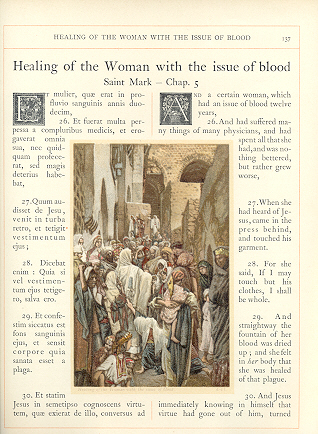
From a recent facebook post by Rick Capezza (reproduced with his permission):
I’m trying to figure out the structure of the miracles of the two daughters in Mark. I looked in a half dozen commentaries for structures, but found nothing. I have yet to try a hierarchical structure, but I took a quick shot at a chiasm using Eric [Pyle]‘s KAYAK tool. [1]
Continue reading
Comments Off | tags: Chiasm, Literary Structure, Mark, Rick Capezza | posted in Biblical Theology, Quotes
Mar
18
2011

A. T. Ross’ review of Peter Leithart’s recent book, The Four: A Survey of the Gospels. From www.goodreads.com
A wonderful follow-up book to Leithart’s A House For My Name, this one focusing on the gospels. I hope he plans to do a third to complete the set, focusing on a survey of the entire the New Testament as the completion of God’s house.
Continue reading
2 comments | tags: Higher Criticism, John, Literary Structure, Luke, Mark, Matthew, Peter Leithart | posted in Biblical Theology
Dec
10
2009
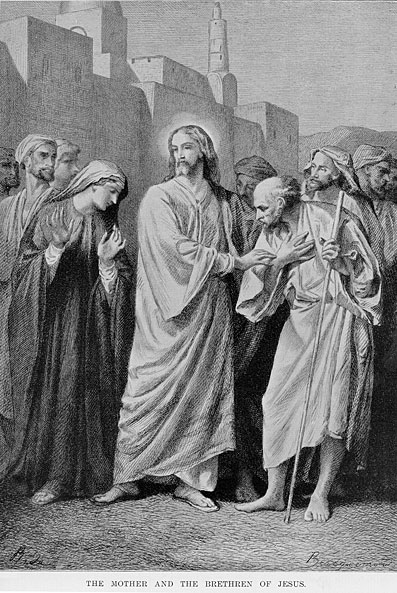
or The First Shall Be Last
Yesterday’s post concerning Jesus’ message to John had some discussion about lepers becoming New Covenant priests. Those who were condemned to live outside were made clean and invited in. Of course, there is Jesus’ own condemnation of those who watched harlots and tax collectors enter the kingdom but defiantly stood outside themselves.
Right up until the end of the Jewish war, the Jewish leadership got their clean and unclean, their inside and outside, more and more wrong. The gospel turned their world upside down–or, in fact, rightside up.
John Barach observes how Mark applies this to Jesus’ own family using literary structure: Continue reading
Comments Off | tags: John Barach, Literary Structure, Mark | posted in Biblical Theology, Quotes, The Last Days
Nov
4
2009
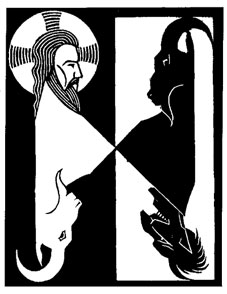 .
.
Sabbath – Jesus defiantly heals a man on the Sabbath under the accusing eyes of the Pharisees. It is a conflict between the brittle light of the law and the perfect light of lawful love.
Passover – The Pharisees “go out” and plot with the Herodians to destroy Him. But Jesus withdraws with His disciples to the sea.
Firstfruits – Jesus ascends a mountain and calls those He wants. He appoints the twelve to preach.
Pentecost – (Wilderness/Rulers) Jesus is accused of being the “Lord of the Flies.”
Trumpets – He calls them to Himself and speaks of the fall of a divided house or family, entering the strong man’s house and plundering his vessels.
Atonement – All sins will be forgiven, except blasphemy against the Holy Spirit, Whom the Pharisees had called “unclean” [1]
Tabernacles – Those who do the will of God are Jesus’ true family.
_____________________________________________
[1] ie. they got their goats mixed up right up until AD70. For more on this see under subhead “The Word is ‘Yes’” in A White Stone – 3.
Pic: The Scapegoat by M.C. Escher.
Comments Off | tags: Atonement, Feasts, Mark, Pharisees | posted in Biblical Theology



































